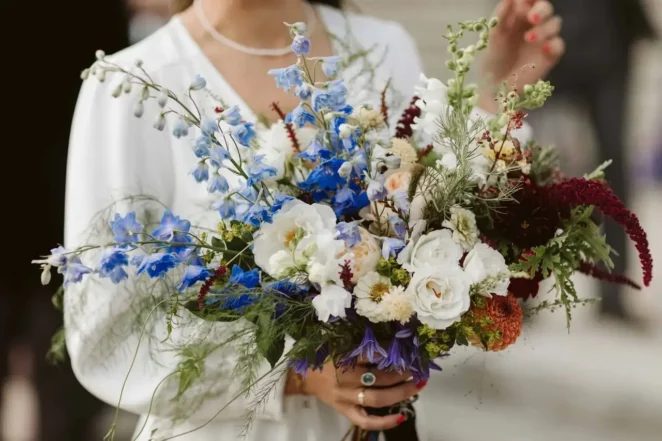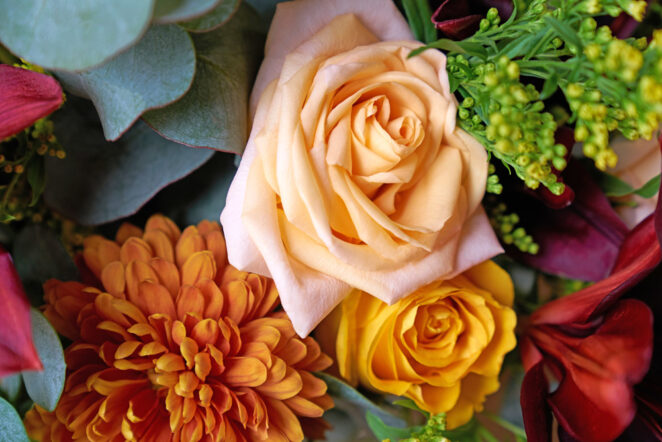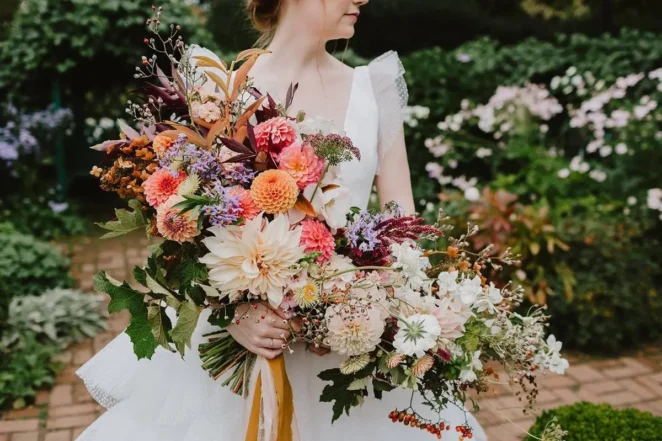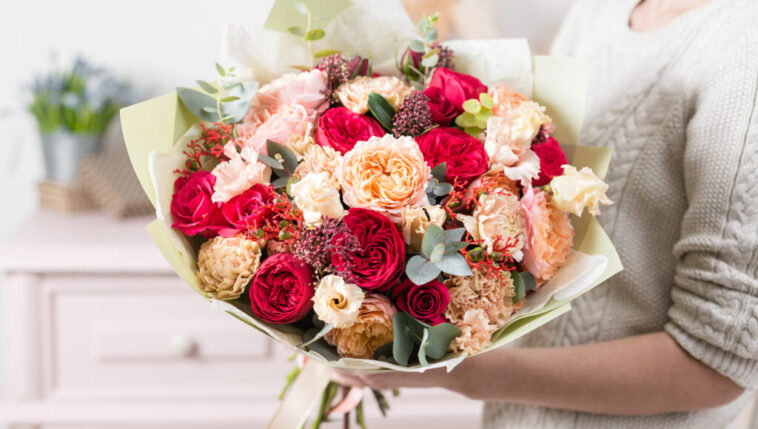Flowers have been used as symbols of love, gratitude, and sympathy for centuries. Whether you’re giving a bouquet as a gift or creating one for your enjoyment, combining different types of flowers can add depth and dimension to your arrangement. In this article, we will discuss the art of floral arrangement and explore different techniques for mixing and matching various flowers to create a stunning bouquet.
The Art of Floral Arrangement
A floral arrangement is an art form that requires creativity, attention to detail, and a keen eye for color and design. When creating box flower arrangements, it is essential to consider the size and shape of the flowers, the colors and textures, and the overall composition of the arrangement. A well-crafted one should be visually appealing and emotionally meaningful.
Types of Flowers to Consider
When selecting flowers for your arrangement, it is crucial to choose blooms that complement each other in terms of color, size, and texture. Some popular choices include roses, lilies, peonies, dahlias, and hydrangeas. You can also mix in wildflowers, greenery, and foliage to add interest and dimension.
Choosing Complementary Colors

Color is a critical element of floral arrangement, as it can convey different emotions and moods. Consider the color scheme you want to achieve. You can choose a monochromatic scheme using various shades of the same color or create a contrasting scheme using complementary colors. For example, purple and yellow, or pink and green, create a beautiful contrast.
Experimenting with Texture and Shape
In addition to color, texture, and shape are essential elements of floral arrangement. Experimenting with different textures and shapes can add depth and interest to your bouquet. For example, mixing soft, delicate blooms with rough, spiky ones can create an eye-catching contrast. Similarly, combining round, full flowers with long, thin stems can create an elegant, balanced look.
Creating a Focal Point
A focal point is a centerpiece of your bouquet that draws the eye and anchors the arrangement. Think about which flower you want to use as your focal point. Typically, the focal point flower should be larger and more prominent than the other blooms. You can also use a contrasting color or shape to make it stand out even more.
Balancing Proportions
Proportion is another important aspect of floral arrangement. When combining different types of flowers, it is essential to balance the sizes and shapes of each bloom. For example, you may want to use larger, fuller flowers as the base of the bouquet and fill in the gaps with smaller, more delicate blooms. You can also vary the height and width of each flower to create a more dynamic composition.
Considering the Occasion
The occasion for which you are creating the bouquet should also be taken into account when selecting your flowers. For example, an arrangement for a wedding may include traditional white roses or lilies, while a bouquet for a birthday or anniversary may include bright, vibrant blooms. If you are creating a garland for a funeral or sympathy gift, you may choose more muted, somber colors.
Working with Seasonal Blooms

Using seasonal blooms is an excellent way to ensure that your arrangement is fresh, vibrant, and locally sourced. In addition to being more sustainable, using seasonal flowers can also be more cost-effective. Keep in mind which flowers are in season and choose the ones that are the freshest and most readily available.
Mixing Different Styles
Mixing different styles of flowers can add interest and complexity to your bouquet. For example, combining traditional blooms like roses and lilies with more unconventional choices like succulents or orchids can create a unique and eye-catching arrangement.
You can also mix vintage and modern styles, or blend formal and informal flowers to create a bespoke bouquet. Mixing styles requires some experimentation but can lead to stunning results.
Adding Greenery and Foliage
You can use ferns, eucalyptus, or other types of foliage to add volume and texture to your bouquet. Greenery can also serve as a visual break between blooms, giving the eye a place to rest. Adding foliage to your bouquet can also be a more sustainable choice, as it reduces the need for as many flowers.
Personalizing Your Bouquet
Personalizing your bouquet can make it even more special and meaningful. You can choose flowers that have special significance to you or the recipient, or incorporate personal items such as photos, ribbons, or charms. Personalization can also include adding a unique vase or especially wrapping the bouquet.
Tips for DIY Floral Arrangements
If you are creating your bouquet, there are a few tips and tricks to keep in mind. First, it’s essential to work with fresh flowers and keep them hydrated. Cut stems at an angle and place them in water immediately after cutting. You can also use flower food or a homemade solution of sugar and vinegar to keep your plants fresh. Secondly, use sharp shears or a knife to cut stems, as dull blades can damage the flowers. Finally, practice arranging your bouquet before you commit to a final design. This can help you adjust proportions and experiment with different combinations of flowers.
Finalizing Your Design

Once you have experimented with different flowers, colors, and arrangements, it’s time to finalize your design. Take a step back and evaluate your bouquet from different angles. Ensure that it is balanced, proportionate, and visually appealing. Once you are satisfied with your design, trim the stems to the appropriate length and arrange the bouquet in a vase or wrapping.
Care and Maintenance
After you have finalized your bouquet, it’s essential to care for it properly to ensure it lasts as long as possible. Keep the bouquet out of direct sunlight and away from sources of heat or cold. Change the water every other day and re-cut the stems to keep them fresh. If some flowers start to wilt, remove them from the bouquet to prevent them from affecting the other blooms.
In conclusion, mixing and matching different types of flowers can create a beautiful and unique bouquet. By considering color, texture, shape, and proportion, you can create a stunning arrangement that conveys your emotions and sentiments. Whether you are creating a bouquet for a special occasion or just for your enjoyment, these tips and techniques can help you create a truly one-of-a-kind bouquet.




